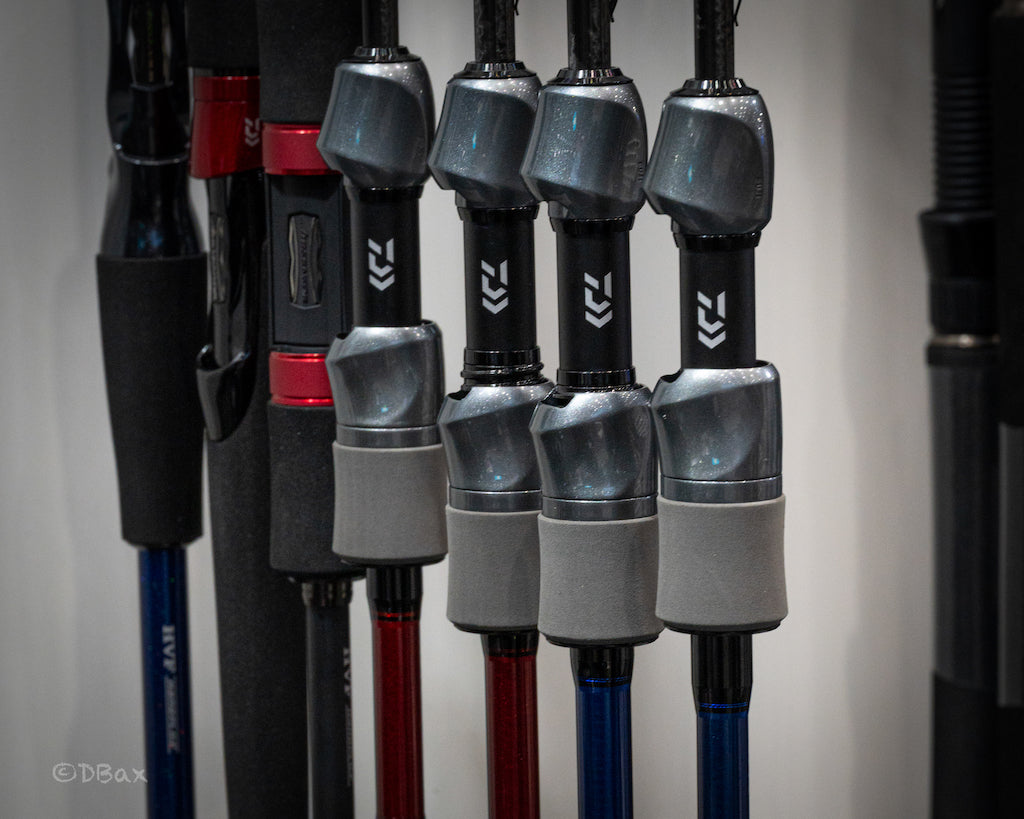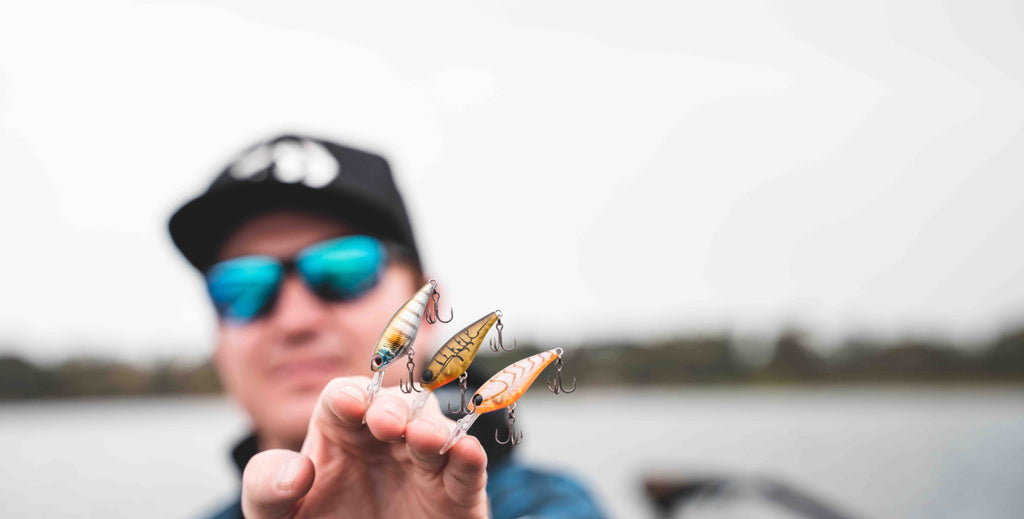DAIWA FISHING TIPS: Luring Lake Lizards – Jamie Robley
Although dusky flathead can be caught throughout the year, the months ahead are normally best when it comes to catching flatties around the coastal lakes of NSW. Living smack bang between the Tuggerah and Macquarie systems on the Central Coast, I’m even more familiar with the habits of fish here than in more conventional tidal rivers. So let’s take a closer look at how to find and catch lake lizards.
GEARING UP
Realistically, you can use just about anything from a basic handcaster, right up to the most sophisticated and expensive tackle for flathead fishing. However, those of us who are addicted to lure casting can benefit from using more specific gear and in this case, rod choice is more important than the reel.
The full spectrum of light action bream rods can deal with flathead of all sizes, but when specifically targeting flathead with soft plastics, a certain degree of sensitivity and stiffness can help. This makes feeling subtle bites and setting the hooks easy than with a softer, less sensitive rod.
I’m a big fan of the Generation Black range and my favourite for big flathead is the Supercasta, but lighter models such as the Wicked Weasel are probably more versatile if average to smaller flathead, as well as bream are likely to be encountered. Of course, there are also a number of excellent models in other ranges from the Phantom X through to the TD Battler. I’ve caught a lot of flathead on an older model Black Label and have recently been flicking with a Phantom X 702MFS with great results.

Having said that reels aren’t as important, a nice smooth drag system is. So regardless of the specific reel you’re using, be sure that line slips out smoothly under pressure and it if feels a bit lumpy or jerky it may benefit from being serviced.
I ALWAYS back off the drag pressure when dealing with larger flathead, as this helps calm the fish and allows it to use up some energy by fighting a bit longer. This way, when it comes time to net the flathead it won’t behave as explosively. They also have a habit of reserving energy for a sneaky escape just before you get the net under them. If the drag is set too tight at this stage then leaders or knots are more liable to fail.
Leaders are another consideration. Most of the time a decent 5 to 10kg fluorocarbon is ideal. Some of the tougher nylon mono lines also make pretty good leader material. Sure, a mono or fluoro mainline can be used, but braid is so much better for this style of lure fishing.
Although a wide variety of lures including diving hardbodies and vibes work well on flathead, I really believe soft plastics are at the top of the list. An average size softy between 70 and 100mm will attract plenty of flathead, with my preference being lighter colour or white 100mm models. If bigger fish are the target then the logical step is to move up to 120 to 150mm plastics. In fact, there’s pretty much no such thing as a soft plastic that’s too big for an 80cm plus croc!

HOT SPOTS
Prominent points, edges, rises and flats are the main forms of structure to consider when lure casting for lake flathead. If some form of bait like small mullet or prawns are in good supply around such structure, so much the better. Current flow may be minimal in large lakes, but normally there are subtle currents in some spots, even if they’re only created by wind. Any current is better than dead still water, so if possible, try to find a mix of structure, bait and current.
If you’re struggling to put fish on the scoreboard and unsure of the potential of nearby structure, the best bet is to head towards the mouth of the lake or a feeder creek. Here, current flow is easier to find. Overall though, the very best advice I can give when it comes to finding flathead is to simply remember the word ‘edge’.
PRIME TIME
Unlike bream and mulloway, flathead aren’t as choosy about specific feeding times. However, they’re still more inclined to be looking for a meal at that all important ‘golden hour’ around sunrise. In practical terms that means the 15 minutes leading up to and the 45 minutes after sunrise. Nearly all estuary or lake dwelling fish are actively seeking food around this low light period.

Another thing to bear in mind is that flathead often move into shallows at night and head back to safer, deeper water through the middle of the day. Of course, sometimes even rather large flathead may still be found basking in warm shallows with sun high in the sky. They can however, be a bit skittish.

 Contact Us
Contact Us Blog
Blog About
About





